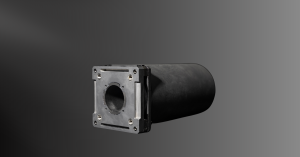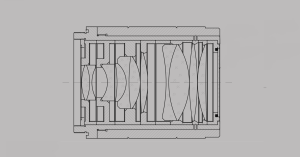Key Takeaways
- This article details optical system design for wide spectrum star trackers, vital for spacecraft attitude determination.
- It covers reflective, catadioptric, and transmissive types, highlighting their benefits for space applications.
- A compact, athermalized f/2.8 star tracker lens design example for 450-1000nm is presented, optimized for 2048×2048 sensors, ensuring stable, high-performance star identification across extreme temperatures, critical for reliable space navigation.
Optical System Types for Star Tracker Applications
A star tracker (also known as a star sensor) is a critical attitude determination device used in spacecraft. A typical star sensor includes an optical system, image sensor, processor, memory card, and housing. A star sensor takes images of the star field and compares the observed star positions with an onboard star catalog. By identifying the pattern of stars and matching it with known positions, it can determine the spacecraft’s attitude with very high accuracy.
The optical system is an important component in a star sensor device. Star tracker Optics is used to focus light from stars onto the image sensor. The accuracy and reliability of a star tracker depend heavily on the performance of the optical system. Poor optical design leads to blurred or distorted star images, which reduce the accuracy of attitude determination. Star sensor optical systems—used in spacecraft attitude determination—are typically classified into three main types based on the optical design: reflective, catadioptric, and transmissive systems.
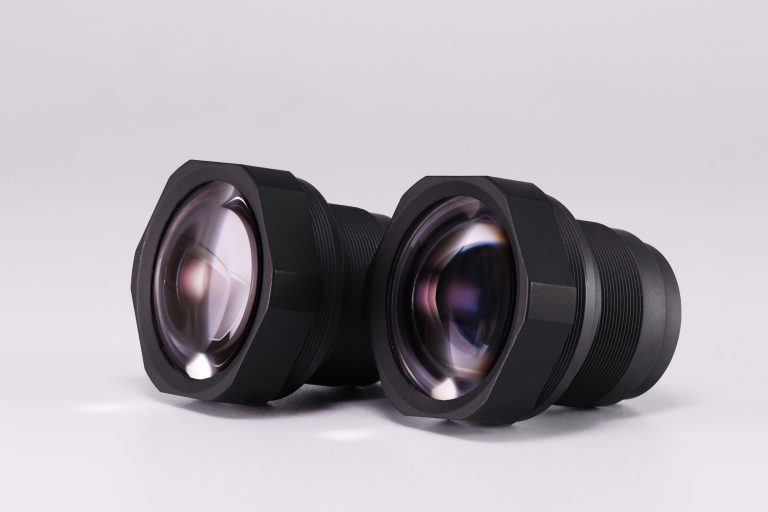
- Reflective Systems
Reflective optical systems utilize mirrors to form images and are inherently free from chromatic aberration, making them ideal for broad-spectrum imaging.
- Catadioptric Systems
Catadioptric systems combine refractive and reflective elements to exploit the benefits of both. They offer effective chromatic aberration correction, structural simplicity, and robust environmental adaptability—attributes that make them reliable in the harsh conditions of space.
- Transmissive Systems
Transmissive systems rely solely on lenses and are particularly advantageous for designs requiring a large field of view and high relative aperture. Their structural flexibility allows for a variety of configurations, including double-Gauss, Petzval, and telephoto types.
Key Characteristics of a Star Tracker Optical Design
- High Optical Quality
- Must produce sharp, low-distortion images for accurate star position measurements.
- High resolution with minimal aberrations.
- Wide Field of View (FoV)
- Typically ranges from 5° to 20°, depending on mission needs.
- A wider FoV allows for more stars to be captured per image, increasing accuracy and robustness.
- Large Aperture
- Stars are very dim, so the lens must have a large aperture (low f-number) to collect as much light as possible.
- Often paired with highly sensitive image sensors and long exposure times.
- Radiation-Resistant and Space-Qualified Materials
- Lenses must endure radiation, temperature extremes, and vacuum conditions of space.
- Thermal Stability
- Lens materials and mounts must remain optically stable across temperature changes to avoid focus shifts.
- Mechanical Structure
- Use lightweight metals (e.g., aluminum 6061-T6) or carbon composites for housing
- Athermalized lens mount designs to compensate for thermal expansion
- Compact lens holders for alignment and vibration resistance
Wide-Spectrum Star Tracker Lens Design Example
- Lens Design Parameters
Lens Parameter | Value |
|---|---|
Effective Focal Length | 40mm |
Field of View | 26.4° |
Lens Aperture | f/2.8 |
Working Spectral Range (nm) | 450 nm~1 000nm |
Distortion | 0.05 % maximum |
Working Temperature Range (℃) | −40℃ ~ + 60℃ |
Note: lens parameters created to match a star sensor with resolution of 2048 x 2048 pixels and pixel size of 6.5µm.
- Lens Optical Configuration
Minimizing lens size and mass is very important for space applications. Placing the Aperture Stop at the Front Surface lead to significant reductions in both lens diameter and overall volume. Excluding the radiation-protective quartz window, the optical system comprises eight lens elements, with a total mass of 22 grams. The back focal distance is 10 mm, and the total optical track length measures 48 mm.
The optical system achieves a telecentric optical path design, maintaining telecentricity within 0.5° across the entire field of view. This ensures uniform illumination throughout the active detection area. The telecentric lens configuration also helps reduce the impact of mechanical shocks and vibrations encountered during satellite launch, thereby preserving measurement accuracy—an essential factor for the reliable performance of the star sensor system.
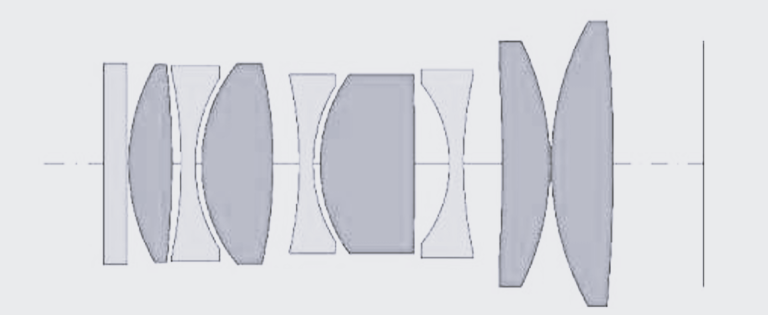
- Lens Modulation Transfer Function (MTF)
High-Performance star tracker Lens Product with Wide Spectrum
This compact, lightweight star sensor lens is engineered to meet the rigorous optical, mechanical, and environmental requirements of space missions. Featuring a 40 mm focal length, 26.4° field of view, and a fast f/2.8 aperture, it delivers exceptional imaging performance across a broad spectral range of 450 nm to 1000 nm.
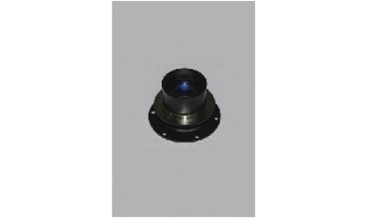
Optimized for use with a 2048 × 2048 resolution sensor featuring 6.5 µm pixel size, the lens is capable of concentrating over 85% of the incoming optical energy within a 3-pixel radius. This high energy concentration significantly enhances star identification capabilities and attitude determination accuracy—critical parameters for spacecraft navigation and control.
An athermalized optical design ensures stable focal performance over extreme temperature fluctuations, preserving imaging precision and system reliability in challenging space environments.
Additionally, the lens employs a telecentric optical path and an extremely low distortion profile—key features that contribute to high imaging fidelity across the entire field of view. Its front and middle lens groups adopt a low optical power configuration similar to a low-magnification Galilean telescope, using standard glass types to effectively correct chromatic aberrations. These attributes, combined with its compact form factor, make the lens exceptionally well-suited for high-accuracy star trackers and celestial navigation systems in micro- and nano-satellite applications.
Product specifications
- Focal Length: 40 mm
- Field of View: 26.4°
- Aperture: f/2.8
- Spectral Range: 450 nm – 1000 nm
- Compatible Sensor: 2048 × 2048, 6.5 µm pixel pitch
- Energy Concentration: >85% within 3-pixel radius
- Athermalized Design: Minimal focal shift across temperature extremes
- Space-Qualified: Robust design for spaceborne applications
This lens is ideally suited for star trackers and celestial navigation systems requiring high-accuracy, compact optical solutions.
Optical Design for Space Applications
Avantier is here to help you design the right optical components or assemblies for your application. Tap into our expertise in optical substrates and engineering. Contact us to schedule a consultation or request a quote—our friendly team is ready to support your project.
Related Content
GREAT ARTICLE!
Share this article to gain insights from your connections!





